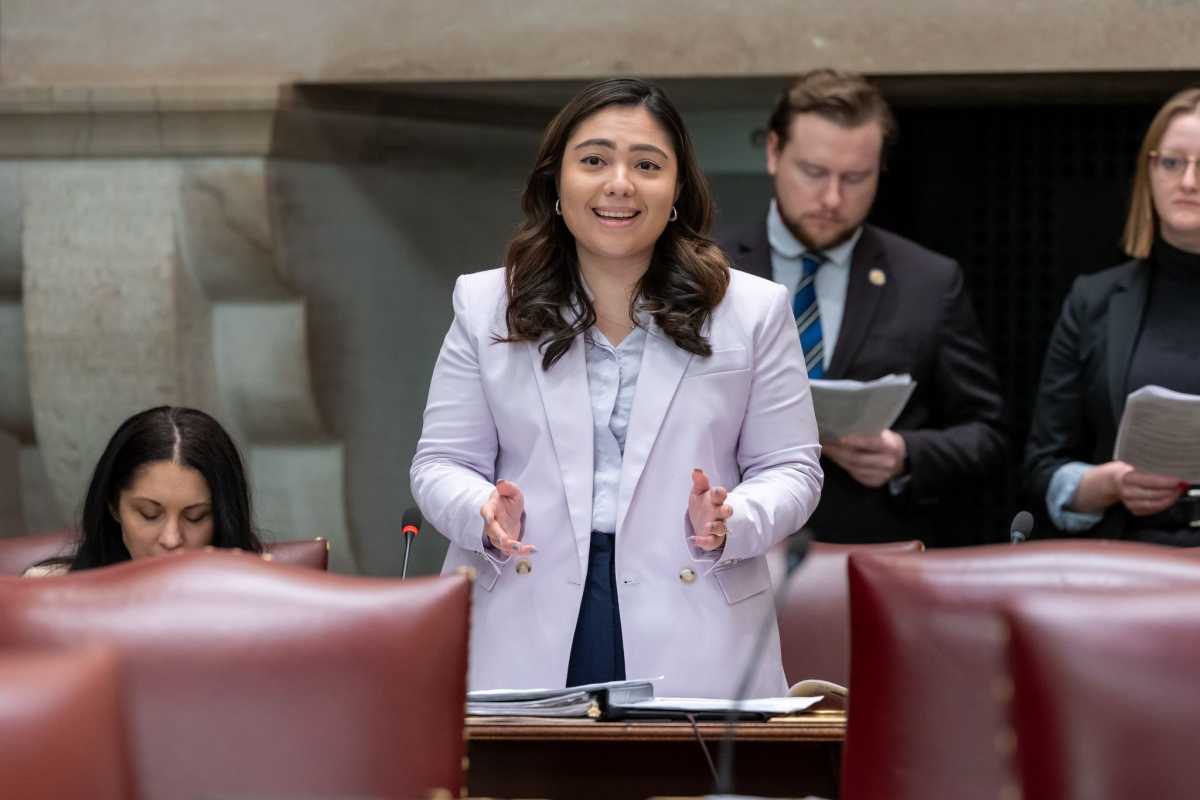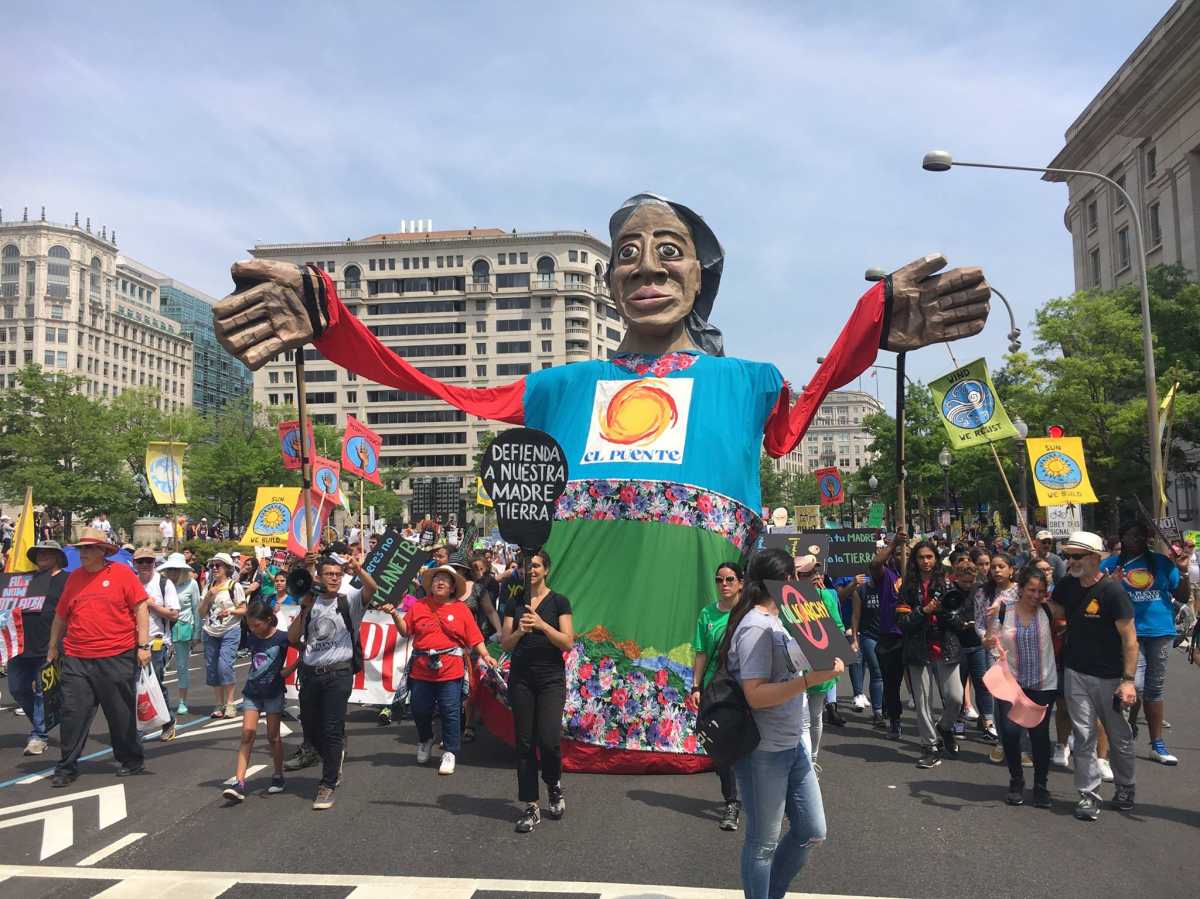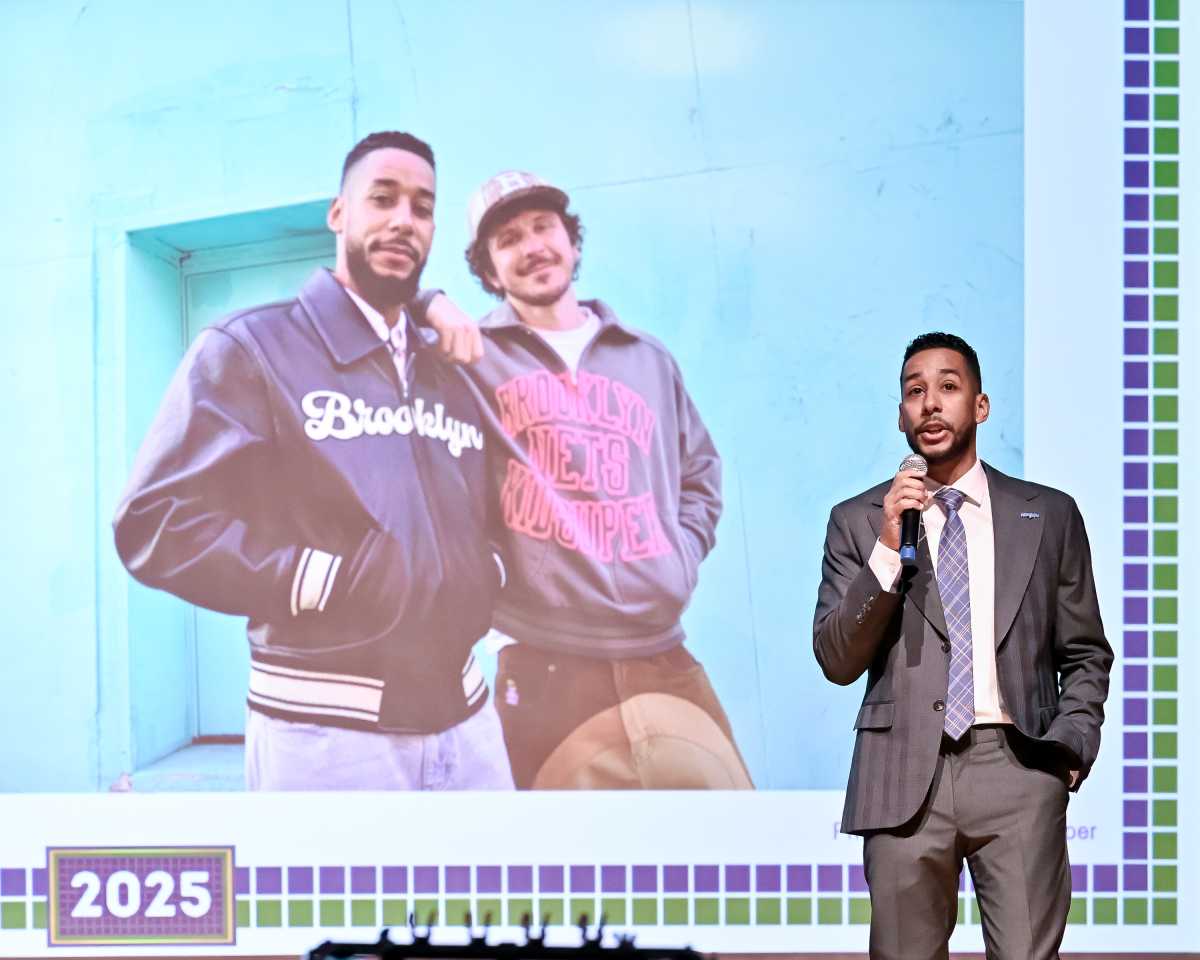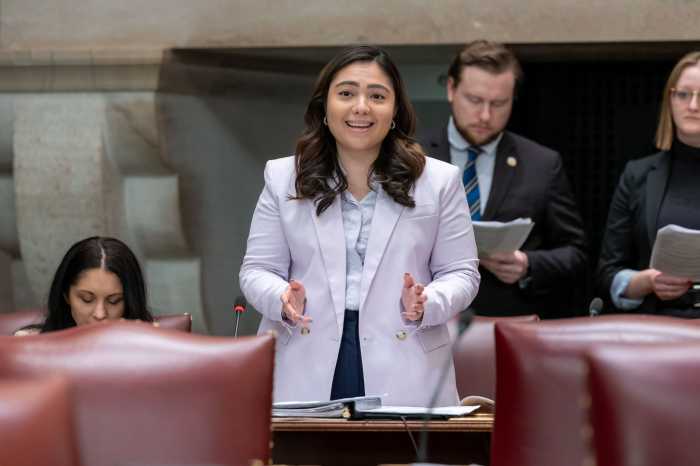Congestion pricing is having a ripple effect across the tri-state area with less traffic on streets in Manhattan and beyond, according to new data from a major tri-state area research group on Wednesday.
A Regional Plan Association (RPA) report published on June 18 shows that congestion pricing has reduced traffic delays not only within the Manhattan Congestion Relief Zone (CRZ) south of 60th Street — where vehicles are charged a base toll of $9 — but also outside the area.
A look at the analysis shows that there are 25% fewer traffic jams in Manhattan, 10% in the Bronx, and 14% in parts of New Jersey.
“Our analysis shows that, contrary to pessimistic expectations, the congestion pricing program is not causing traffic to be diverted outside the CRZ. Instead, as more people choose transit, trips to Manhattan by car are averted, resulting in less, not more traffic in the Bronx, Bergen County and all around the region,” said Rachel Weinberger, vice president of research strategy at RPA. “We see a reduction in traffic jams and increased overall time savings both within and outside the zone.”
However, it is not extra-smooth sailing for everyone. Traffic has been “largely unaffected” on Staten Island since congestion pricing launched on Jan. 5, according to the analysis. The borough showed a traffic delay decrease of only 5%, which is significantly lower than that in other metro regions.

State Sen. Jessica Scarcella-Spanton, who represents parts of Staten Island and Brooklyn, is opposed to congestion pricing, and cited the “program’s blatant environmental impact” on Staten Island’s North Shore.
“This community already experiences asthma and respiratory illness rates far above the city average, along with disproportionately high emergency room visits tied to those conditions,” she said. “Yet, despite these glaring health disparities, the program continues to operate, knowingly worsening air quality and increasing pollution in our neighborhoods. I will continue to fight against any policy that prioritizes convenience in one part of the city at the cost of my constituents’ health, safety and quality of life.”
NYC Council Member Frank Morano of Staten Island said the borough is on the “short end of the stick” when it comes to congestion pricing.
“A 5% dip in traffic might sound nice in a vacuum but compared to the dramatic improvements other counties saw, Staten Island once again got the short end of the stick,” he said. “Congestion pricing is like going to a group dinner, everyone else gets steak, and Staten Island gets the check. We pay more, we benefit less, and the MTA still can’t explain where the money’s going. This is a raw deal, and Staten Islanders know it.”
However, MTA Chair and CEO Janno Lieber said the report validates what the agency and congestion pricing supporters have been saying about the program.
“It reduced congestion dramatically,” Lieber said on Wednesday during an unrelated press conference. “It has improved drive times for people who are driving. It has improved travel time for a lot of people who are getting into the city on buses, whether they are coming from New Jersey or Long Island, or on our express bus system.”
He also described a calmer environment on city streets.
“It has improved safety by cutting down on the number of car crashes, made for less honking, a more livable city for people who live near those neighborhoods, and I’m hearing from parents who live around places like the Midtown Tunnel or the Lincoln or the Holland Tunnels, [saying], ‘I am not scared walking my kids to school anymore. The road rage has subsided,'” the transit honcho said.
To produce the report’s findings, researchers compared traffic delays from the end of April to the same period in 2024. They also compared traffic delays in the months before congestion pricing’s implementation, following the calendar from Nov. 10, 2024, to April 26 of this year.
GPS was a big help in gathering information. Researchers collected data from Waze thanks to a “partnership program” the GPS app has with public-sector partners. The app keeps a database of traffic alerts that RPA was able to access to do the research.
The research uncovered that traffic delays in the region outside of Manhattan are 9% lower than would be expected without congestion pricing. Traffic delays in 12 municipalities in New Jersey’s Bergen County were also down a whopping 14%.
“RPA’s latest research shows congestion pricing is delivering clear benefits, saving people time and the aggravation of being stuck in traffic,” said Kate Slevin, executive vice president of the RPA, said, “The research provides more evidence that the congestion pricing program is working to reduce traffic, both within the five boroughs of New York and within Bergen, Hudson, Essex, and Union Counties in New Jersey.
As of May 28, congestion pricing has generated $215.7 million year to date, keeping the MTA on target with its projections.
The MTA has said congestion pricing tolls will pay for improvements to the city’s public transportation system, including updated signaling on segments of busy train lines, new electric buses, structural repairs and the Second Avenue Subway extension into East Harlem.
But the program still faces challenges from the federal government. The U.S. Department of Transportation has maintained that the tolls are unlawful since there is no toll-free way to enter the CRZ in Manhattan.
The future of the program remains in the hands of the federal court.






































